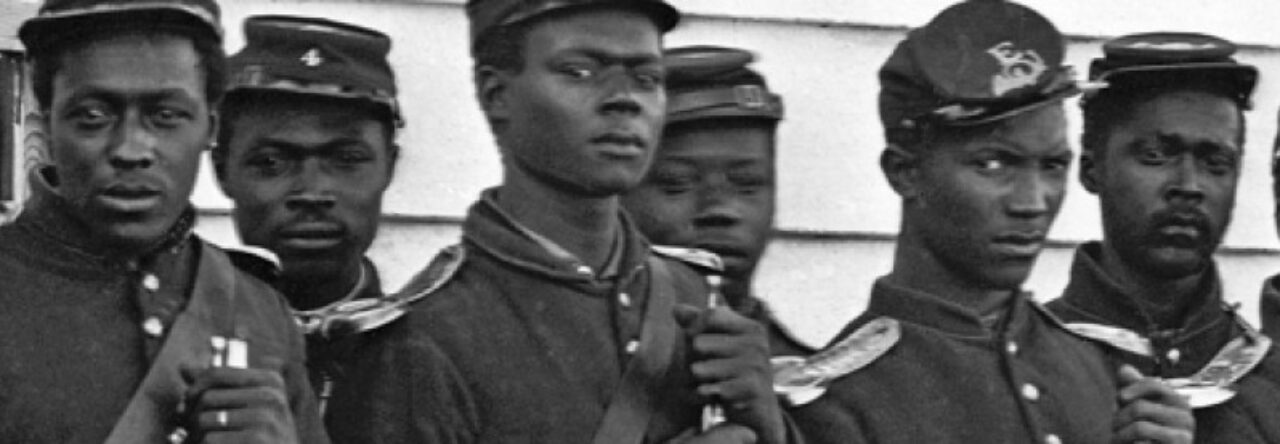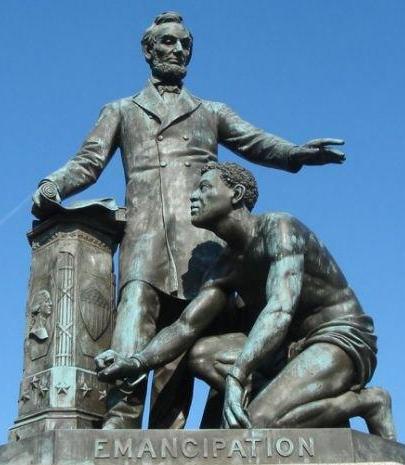Sorry… this isn’t a deeply introspective connection between the late Mr. King and the CW. I am thinking much more shallowly (there’s one for my Language Arts friends) about the famous video of his beating. Remember how obvious the issue seemed when we first saw it? But the case got more and more complicated as the trial progressed, enticing people to consider that what we saw wasn’t what actually happened, that seeing wasn’t believing and there was so much more to the incident. I don’t think my students would have followed such entreaties. What they see is what they see.
We may consider developmental stages, but regardless of that there is elegance in their distillation of causes… of course the CW was about slavery… like, duh.
But how was it about slavery? How can we prove it? Can we use the words of the central actors to establish the true causes of the war? Lincoln went there, at least in part, in his Second Inaugural:
“All knew that this interest was, somehow, the cause of the war. To strengthen, perpetuate, and extend this interest was the object for which the insurgents would rend the Union, even by war; while the government claimed no right to do more than to restrict the territorial enlargement of it.”
Then he went into the similarities of both sides, laying the groundwork for his renowned “charity for all”:
“Neither party.. Neither anticipated.. Each looked… Both read… and each invokes… but let us judge not… prayers of both… neither has been…”
Words expressing commonality, but words in common, too.
Despite the relentless nature of anywhere “content,” words matter. The right words impel people to fight, make love, vote, revolt, endear, die.
Here, though, I have a problem. Our 8th graders are now largely visual learners, and simply compelling them to parse historical texts is less effective than it has ever been. While I’ve heard the jargon of “differentiated instruction” and “learning styles” ad mortem, the reality is that my kids can’t read Lincoln. Really, they can’t derive much meaning from what they read, whether it is historical or contemporary. This is a generality, but it’s true enough to drive the organization of my classroom.
 To deal with the YouTube reality, I start with the importance of discrete words, then work my way up to quotes and passages, then to letters and documents. **
To deal with the YouTube reality, I start with the importance of discrete words, then work my way up to quotes and passages, then to letters and documents. **
Below are seven word clouds. The fonts, layout and colors are the same – purposefully. I ask kids to compare and contrast between the different clouds, and only at that point do I explain a bit about each. Once we find common words we can begin to get at causes.

Preamble to the Constitution

Alexander Stephens' "Cornerstone" speech March, 1861

Declaration of Independence

- Abraham Lincoln’s “House Divided” speech

Declaration of the Immediate Causes Which Induce and Justify the Secession of South Carolina from the Federal Union

- Abraham Lincoln’s “Gettysburg Address”

James Henry Hammond's "Mudsill" speech
**To this end we’ve started teaching basic Latin in our Language Arts classes, in an effort to better connect our kids to words. By the end of the year most of my kids could at least understand what I meant by, “casus belli.”





















